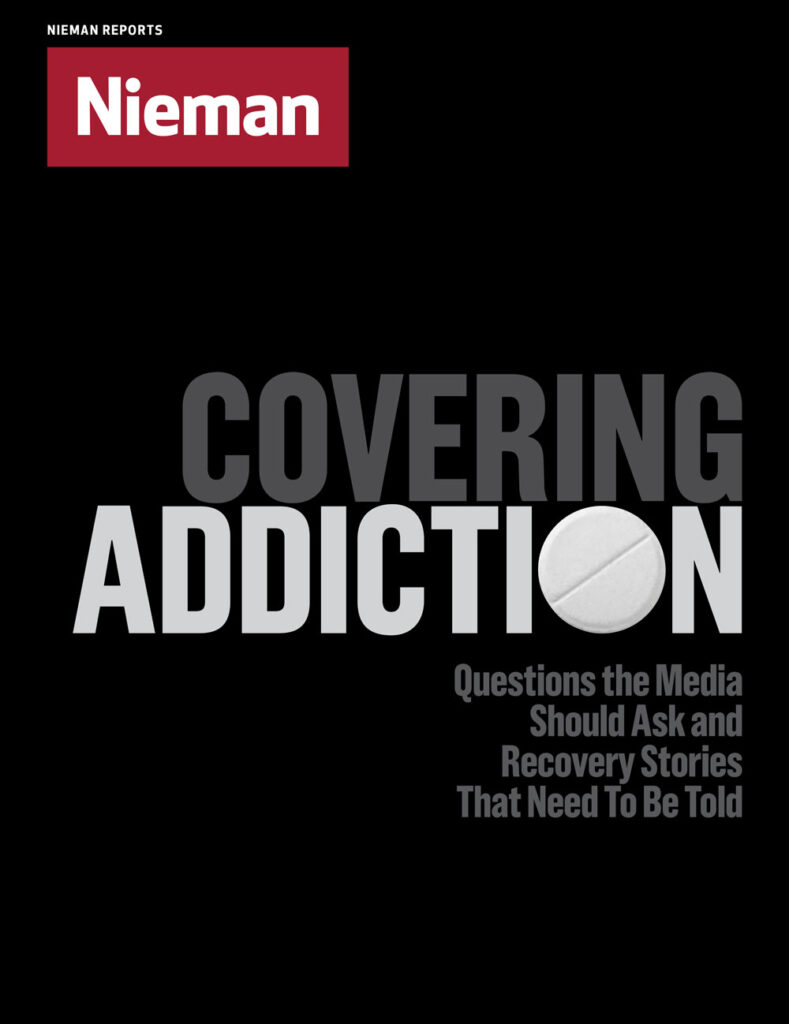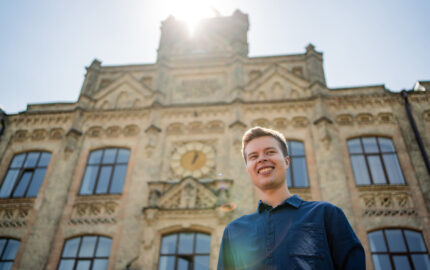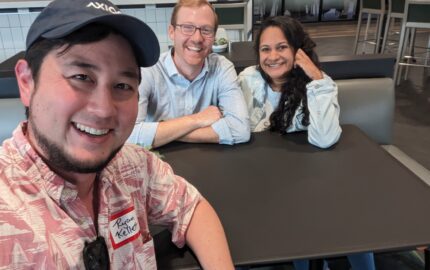Like many high-performing students of my generation, I was steered into a career in the sciences, for its perceived job security and prestige. In my undergraduate years, I studied biomedical science and technology, which I enjoyed reasonably well enough but soon began to feel dissatisfied about. I felt as though a life in scientific research was not making the right demands of me—being a scientist would mean narrowing my focus, in that I would know more and more about less and less. Yet I had grown up with an intellectual appetite to know all sorts of things. I wanted to go broad, not go deep. This orientation was vindicated in my third year of university when I was part of the winning team on a popular televised general knowledge game show, featuring 16 student teams drawn from Kenya, Uganda, Tanzania, Malawi, and Zambia.
I graduated with my degree in biomedical science, but soon after was introduced to the managing editor of East Africa’s leading weekly newspaper. It quickly became apparent that both my intellectual curiosity and scientific training gave me an advantage in the newsroom—I could make connections between random facts in a way that gave fresh insight to a story. My background in the lab also meant that I wasn’t afraid to hypothesize about the nature of the world, propose theories about why a certain event was happening, and possibly what was likely to happen next. In many newsroom contexts, this kind of writing would be corralled to the op-ed pages, but my editors at The East African published it as analysis—their only criteria was that it had to be well-researched, supported by data, logically sound, and internally consistent.
I call it “speculative nonfiction,” and it is the kind of writing I most enjoy doing. It is not strictly committed to methodological purity, and the trends uncovered may not even pass the test of statistical significance (That is the work of researchers!). Instead, speculative nonfiction discerns clues, faint signals, and stories that are hidden in the plain sight of data.
During my years at The East African, the story I am proudest of was a three-part series I wrote in 2013, in collaboration with my editor Charles Onyango-Obbo, a 1992 Nieman Fellow, that speculated on where the future “center of gravity” of East Africa’s political and economic power would lie. Would the driving engine be westward, where the fabulous riches of the Democratic Republic of Congo remain largely untapped—the country’s mineral wealth is estimated at $24 trillion, more than the GDP of Europe and the U.S. combined? Would it be northward, toward a roaring Ethiopian economy, or eastward, over the ocean, where a rising India and China are looking to use the East African coast as a beachhead on the continent?
Our verdict was on an eastward pull—today, China is building its first overseas military base at Obock in Djibouti. Meanwhile, Ethiopia is slowing down, while the Democratic Republic of Congo is embroiled in a protracted political crisis.
Later, while I was at Mail & Guardian Africa, I traveled to Abuja, the capital of Nigeria, where I was struck by the number of abandoned buildings lining the city’s huge highways. At first glance you might think that dilapidation is a sign of urban decay and economic decline. But there might be an alternative theory. At the time, Nigeria had implemented stricter controls on the cross-border movement of cash. We proposed that abandoned buildings may be a sign of an economy flush with illicit cash—people are unable to stash stolen money in banks because of money laundering regulations, so they buy land and buildings to “park” their money in, and use the property as collateral to borrow even more money from banks, without a care for default. We called it the Abandoned Buildings Index, which we proposed could be used as an alternative “street” measure of economic performance, because official economic figures often do not reflect sentiments on the ground.
More recently, at Africapedia, a startup data and trends web publication where I am editor, I hypothesized on why some communities in East Africa have such “bad” cooking. My community is notorious for a disorderly, one-pot combination-style cooking that many other Kenyans find unacceptable, indeed, bordering on sacrilege.
I wanted to take the jokes, memes, and stereotypes seriously and try to understand where bad cooking comes from. My theory is that societies with pronounced class divisions and social inequalities have an incentive to prepare “good food”—food is one of the ways to ingratiate yourself with the king, the court, or the sultan. “Bad food” is, therefore, in my view, an unlikely marker of a relatively egalitarian society.
I believe that this is ultimately what journalism should seek to do—make connections, synthesize facts, and provide original insight, not merely record events as they happen, or present quotes from opposing camps in a debate and leave it at that. Today’s society is drowning in information; never has there been so much available to read, watch, and listen, at the click of a button. But most of us are starved for insight and meaning. The news media has a responsibility to transcend feeding the beast, and instead us help make sense of it all.



